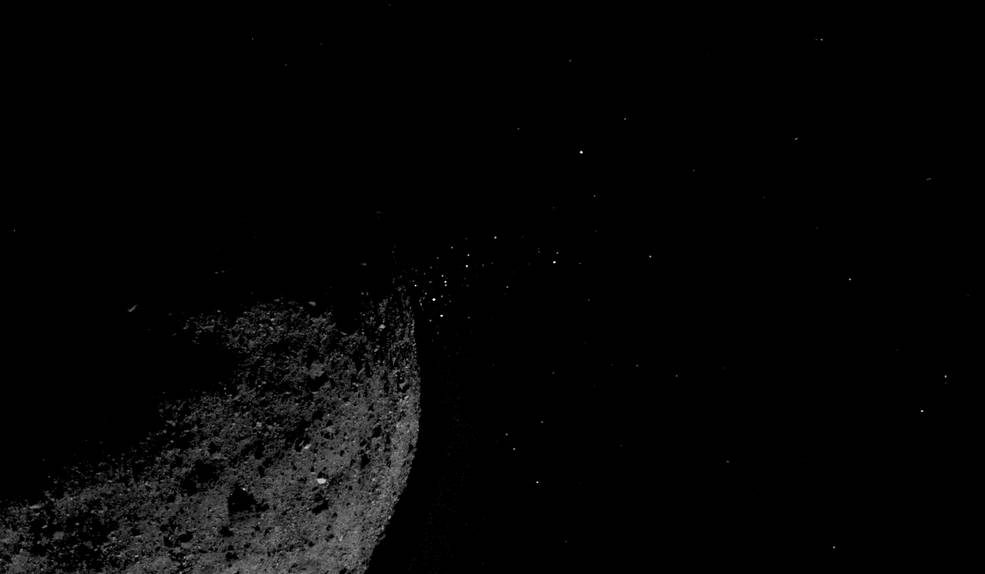Over the past seven years, NASA scientists have been working hard on a mission known as OSIRIS-REx. The mission saw a small spacecraft interact with the asteroid Bennu, which some people say could collide with Earth on September 24, 2182. But just how likely is that?
Previous predictions said the asteroid had a roughly 1 in 2,700 chance to hit Earth in 2182. However, new studies of the asteroid’s orbit have found that the asteroid probably won’t hit Earth before the year 2300.
If you don’t know what Bennu is, it’s essentially a top-shaped rubble pile that has been spiraling through our solar system for hundreds of millions of years. The asteroid was previously believed to be a solid object, a pile of rubble held tightly together by gravity. However, when OSIRIS-REx landed on it in 2020, we discovered that the surface of the rubble-pile asteroid was not nearly as solid as expected.
While OSIRIS-REx has provided us with samples that NASA will retrieve soon, the revelation that Bennu could one day collide with Earth is something that many will undoubtedly focus on, considering the size of the asteroid and especially considering the closeness of that date I mentioned above.
Now, don’t get me wrong. Bennu isn’t an asteroid that will bring about worldwide devastation. If the asteroid were to collide with Earth, it would damage the planet outward up to 600 miles away from its impact zone – which is massive, to be sure. As such, understanding where this asteroid is headed over the next 300 years during its orbit is something NASA scientists are focused on learning more about.
And as we study the asteroid more, NASA says that we can better predict where the asteroid’s path is taking it. The space agency now says it can safely predict that the asteroid won’t collide with Earth through the year 2300. Those previous dates were based on earlier predictions, which are always bound to change as we study an asteroid’s orbit more and more.
While it won’t hit the Earth in 2182, now scientists say that the odds it could collide with Earth by 2300 are roughly 1 in 1,750, which means the chances of a collision have increased slightly. Of course, with the success of missions like the D.A.R.T. test, it’s possible we could find ways to divert the orbit of the asteroid if needed.








